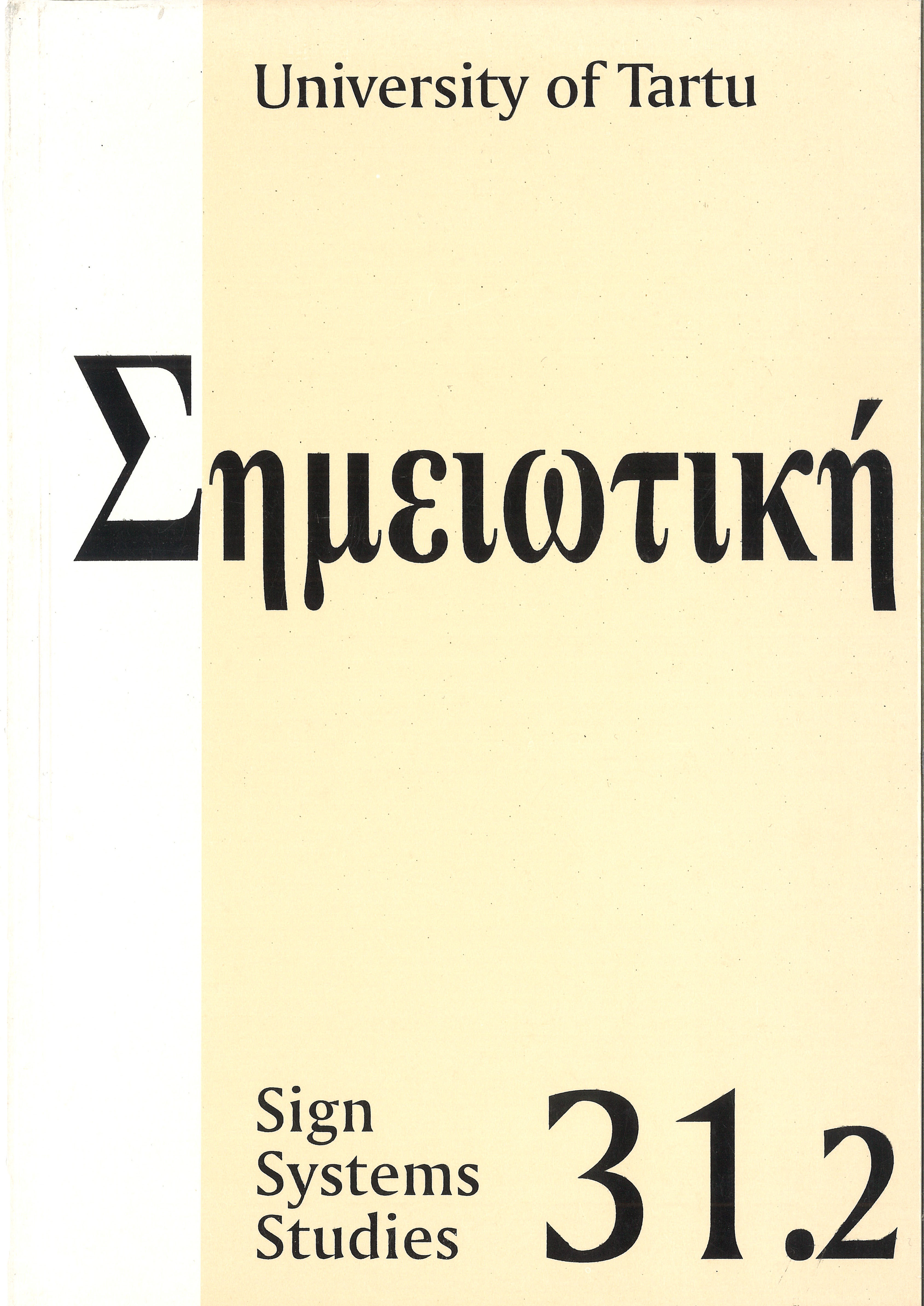When a Russian Formalist meets his individual history
DOI:
https://doi.org/10.12697/SSS.2003.31.2.11Abstract
The present paper is devoted to the relation between changing historical identity of Russian Formalists in the second half of the 1920s and their individual evolution — as writers, members of society, figures of culture. Formalists with their aggressive inclination to modernity are opposed here to structuralists, the bearers of a conservative, traditional ideology (relating to the idea of Revolution). It could be explained by the specific “romantic” identity of Russian Formalists whose purpose was to appropriate cultural values renamed and renewed by their revolutionary theory. As a revolutionary ideology, formalism was imported from the West. But the Stalinist “Renaissance” made the idea of Revolution both in mind and society senseless at the end of the 1920s. That is why Russian Formalism lost its mainstream positions and began to work out a new, adapted form of intellectual resistance (private life, domestic literature) in the next decade.


